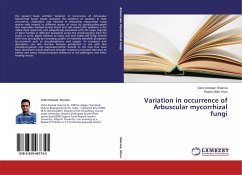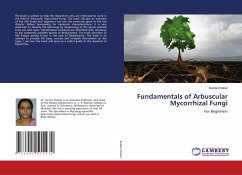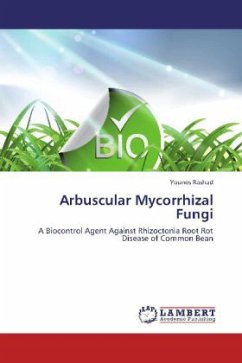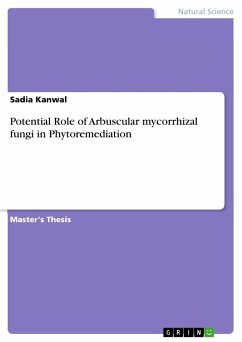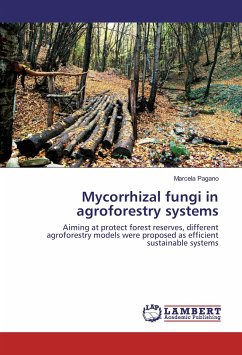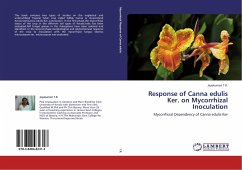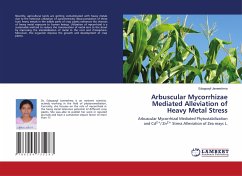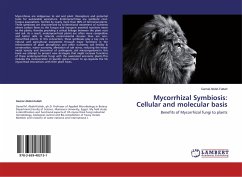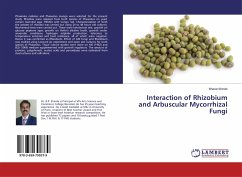
Interaction of Rhizobium and Arbuscular Mycorrhizal Fungi
Versandkostenfrei!
Versandfertig in 6-10 Tagen
27,99 €
inkl. MwSt.

PAYBACK Punkte
14 °P sammeln!
Phaseolus radiatus and Phaseolus mungo were selected for the present study. Rhizobia were isolated from both species of Phaseolus on yeast extract mannitol agar (YEMA) with Congo red. Characterization of both the isolates of rhizobia was carried out using 24 to 48 hours old cultures. Biochemical tests were carried out. These were ketolactase test, growth on glucose peptone agar, growth on Hofer's alkaline broth, growth under anaerobic conditions, hydrogen sulphide production, tolerance to temperature extremes and heat resistance, all of which were negative. Hence it was confirmed as Rhizobium....
Phaseolus radiatus and Phaseolus mungo were selected for the present study. Rhizobia were isolated from both species of Phaseolus on yeast extract mannitol agar (YEMA) with Congo red. Characterization of both the isolates of rhizobia was carried out using 24 to 48 hours old cultures. Biochemical tests were carried out. These were ketolactase test, growth on glucose peptone agar, growth on Hofer's alkaline broth, growth under anaerobic conditions, hydrogen sulphide production, tolerance to temperature extremes and heat resistance, all of which were negative. Hence it was confirmed as Rhizobium. Effect of AM fungi and Rhizobium was studied using Leonard jar experiment and open pot cultures for both species of Phaseolus. Tissue culture studies were done on MS (1962) and BLD (1966) medium supplemented with growth regulators. The amount of proteins, polyphenols, nucleic acids and peroxidases were estimated from dual cultures and calli alone.



